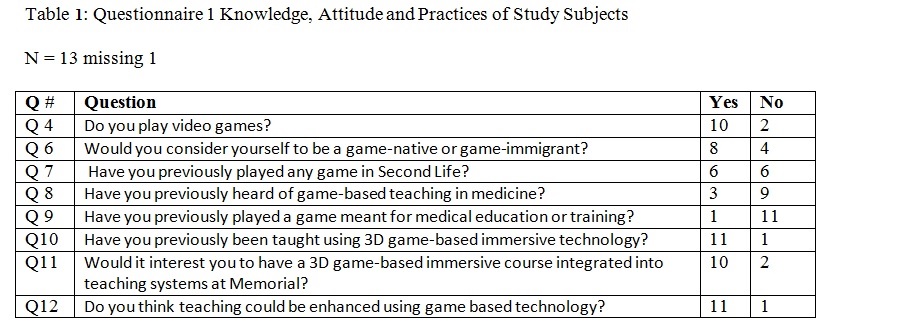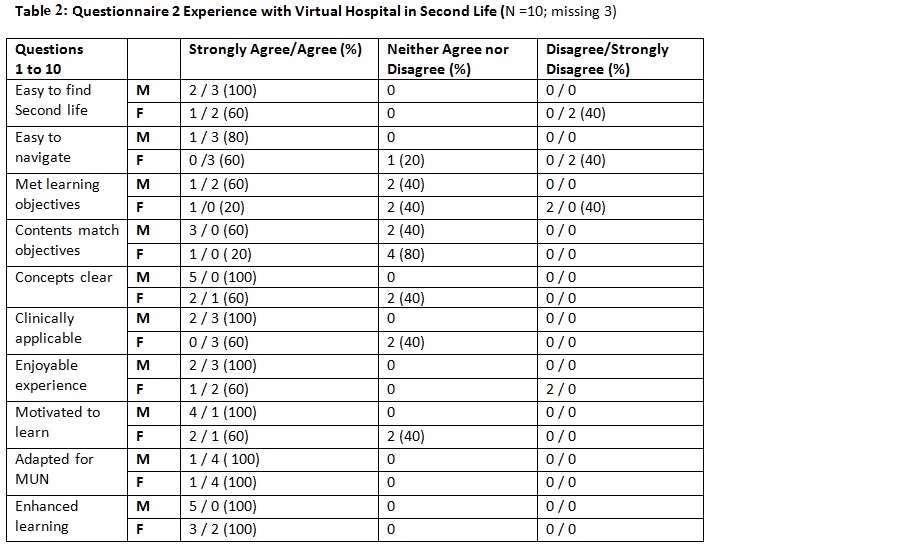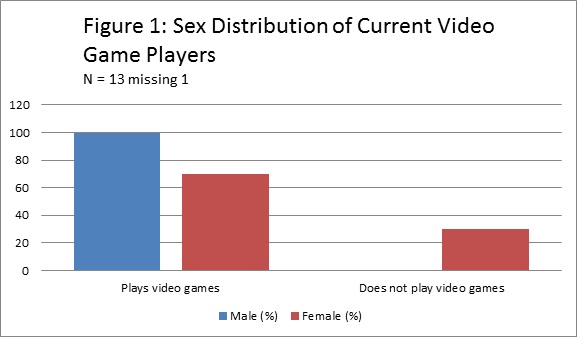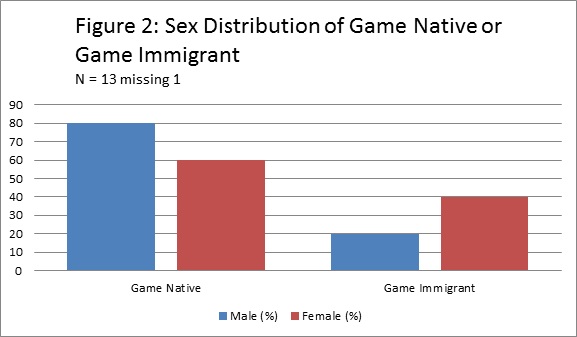| ePOSTER | ||
| Theme: 7AA eLearning: Games, resources and platforms |

|
| Abstract Title |
 |
|
| Game Based eLearning in Medical Students: The Memorial University Experience | ||

|
Authors: | Sahar Iqbal | Institutions: | Memorial University of Newfoundland - Internal Medicine - St. John's - Canada |
Advancement in new technologies that "enable time, pace and place independence" [1] is likely to occupy an ever-expanding base in future learning and teaching environments. New technologies offer opportunities for experiential and situated learning synchronously or asynchronously that would be impossible in the traditional world of campus-based methods of teaching [2]. Game-based medical teaching is unique in that it exploits immersive technology allowing learners to create custom-avatars and learn in a multidimensional, multifocal virtual world interacting with artificial intelligence in a creative way. Over the last decade there has been an exponential growth in online gaming however its educational potential is only now being explored and exploited [3]. Online learning tends to emphasize team and collaborative learning while forming and maintaining dedicated learning communities. These concepts fit in well with the new emphasis on collaborative medicine as envisaged by CanMeds competencies described by Canadian Royal College [4]. Imperial College London in collaboration with other UK universities have introduced game based teaching of respiratory medicine on the respiratory floor of a virtual hospital using Second Life, an online role playing game in conjunction with OpenSim a free online curriculum manager [5].
The purpose of this study is to examine the knowledge, attitude and practice of game-based learning in clinical clerks at Memorial University and compare it to traditional learning using the respiratory medicine game developed by the Imperial College medical faculty. A convenience sample of medical students and trainees were invited to participate. They completed two questionnaires one before (Table 1) and one after (Table 2) playing on the respiratory floor of the virtual hospital.


The study population consisted of 13 individuals of whom 10 completed the study protocol (Table 3). There were equal number of males and females in the final sample (Figure 1) 75% of whom were between 18-29 years of age. All the males and 70% females played video games but none had ever played Second Life or heard of the respiratory floor in the virtual hospital (Figure 2). The means and standard deviations of the variables and their inter-correlations (calculated by Pearson’s correlations) are presented in Table 4. The variable “quality of learning” was negatively related to “years at medical school” (r = -.72, p < .05) and positively related to “ease of use” (r = .88, p < .01). “Acceptability and applicability" was positively related to both “ease of use and “quality of learning” (r = .98, p < .01: r = .88, p < .01).
One of the participants made two youtube videos while playing on the respiratory floor in the virtual hospital following are links to the youtube videos.
https://www.youtube.com/watch?v=8chLEExUZ94
https://www.youtube.com/watch?v=JVgws4BTAeE




Due to the small sample size generalizability of results is expected to be low, however the trends show promise for future work. In conclusion the results of this exploratory pilot study indicate that there is tremendous acceptability of game based teaching methods and that medical teaching at Memorial University would be enhanced if such systems are incorporated into the curriculum.
Thank you to Dr. Hina Kalyal for help with data analysis and to Dr. Marcus Hancock for the youtube videos.
[1] Childress, M. D., & Braswell, R. (2006). Using Massively Multiplayer Online Role-Playing Games for Online Learning. Distance Education, 27(2), 187-196.
[2] Dickey, M. D. (2005). Three-dimensional virtual worlds and distance learning: two case studies of Active Worlds as a medium for distance education. British Journal of Educational Technology, 36(3), 439-451.
[3] De Freita, S. & Oliver, M. (2006) How can exploratory learning with games and simulations within the curriculum be most effectively evaluated? Computers and Education Special Issue on Gaming. (46) 249-264.
[4] Frank, J.R. (Ed). 2005. The CanMEDS 2005 physician competency framework. Better standards.Better physicians. Better care. Ottawa: The Royal College of Physicians and Surgeons of Canada.
[5] http://www.sloodle.org/ - Homepage of the SLOODLE project
 Send Email
Send Email